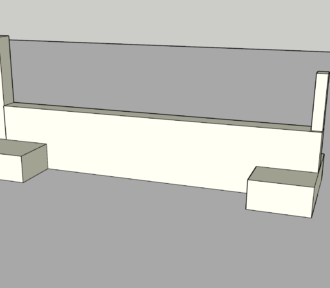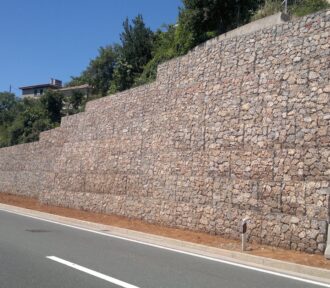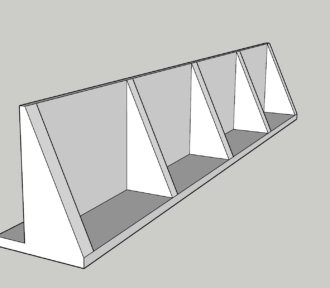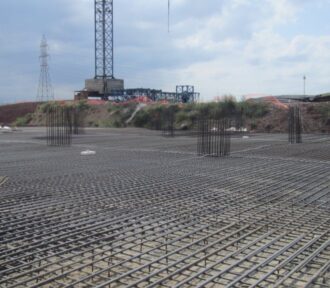This article delves into the complexities of designing foundations in expansive soils. It examines their behavior, highlights specific challenges, and explores practical mitigation strategies and case studies from around the world.
Category: Geotechnics
This article is concerned with the analysis of beams on elastic foundations. It provides a background and a suitable method that can be applied for hand calculations.
This article explores the plate load test and illustrates how to use data obtained during the test to determine the bearing capacity of soils. The…
When an adjacent footing overlay the area of the soil wedge of a retaining structure, the footing exerts a lateral surcharge pressure against the retaining wall, which must be considered in the analysis and design of the retaining structure.
Retaining walls with respect to their form and construction method can be grouped into three categories vis a vis: gravity, embedded and hybrid. This is discussed in this article.
This article highlights the design of strap foundations: a very viable solution where the position of column with respect to its foundation must be eccentric as a result of site constraints.
In scenarios where traditional concrete or masonry retaining walls might be unsuitable due to ground movement or drainage considerations, gabion walls offer a viable alternative. This article offers insights into how to design gabion walls
The primary function of every retaining wall is to resist the lateral forces from earth without any stability problems. The taller the retaining wall, the more likely that counterforts will become necessary to achieve stability. This article explains how to design a counterfort retaining wall.
Slab rafts are the simplest form of raft foundation typically encountered in practice. The motivation as with other raft foundation is to bring applied pressures to acceptable limits.
Foundation design has traditionally been conducted using the permissible stress method with the application of a global factor of safety. With the introduction of Eurocode 7, however, a distinctive design philosophy was presented, one that is based on the application partial factors. Thus, this article aims to investigate if higher bearing capacity values can be justified to Eurocode 7.


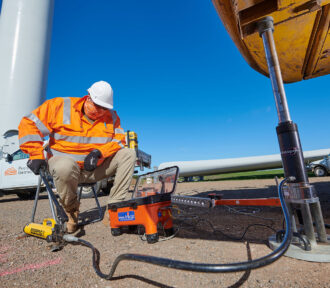

![[Update] Retaining Wall Construction Methods](https://structurescentre.com/wp-content/uploads/2023/10/retaining-wa-const-330x288.jpeg)
